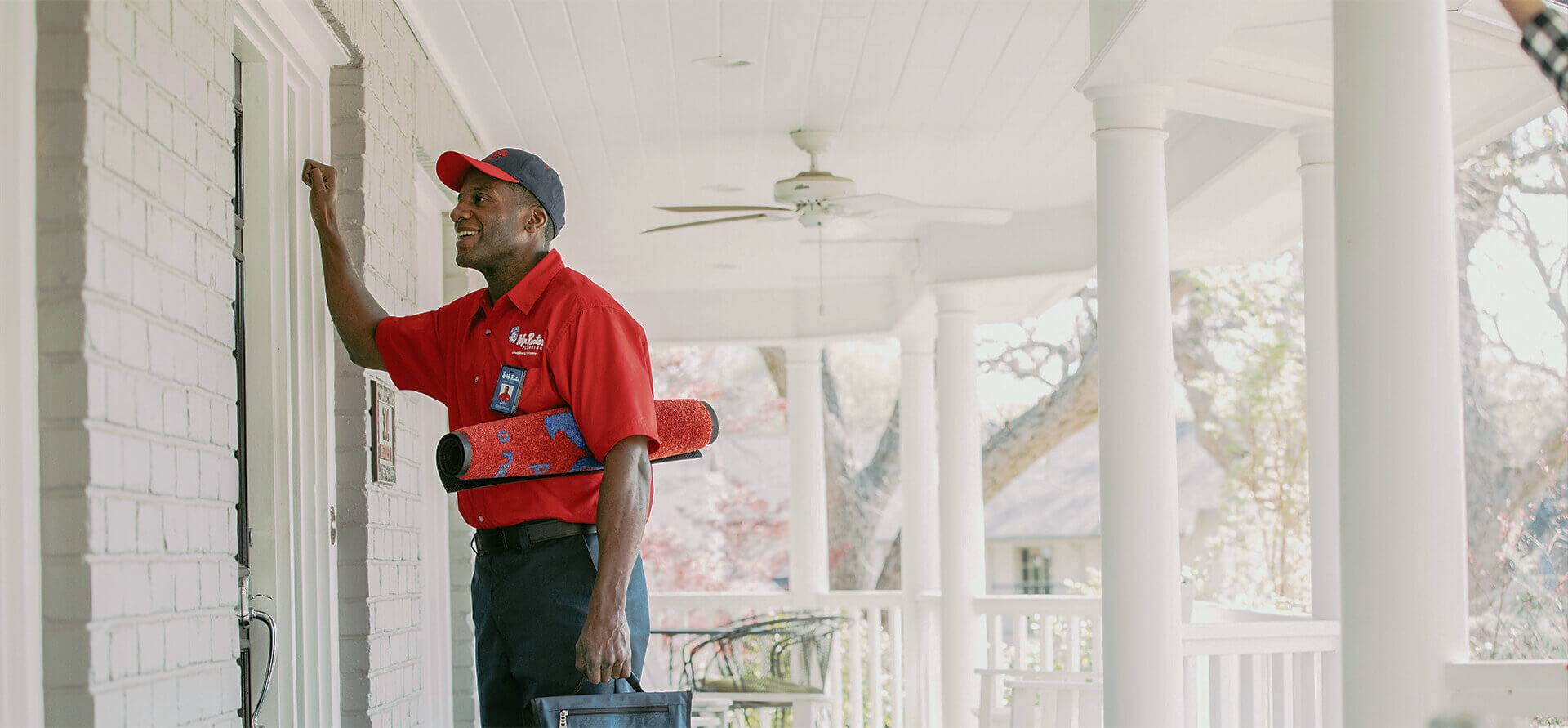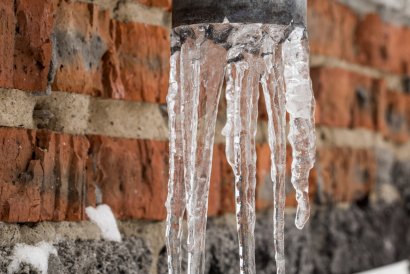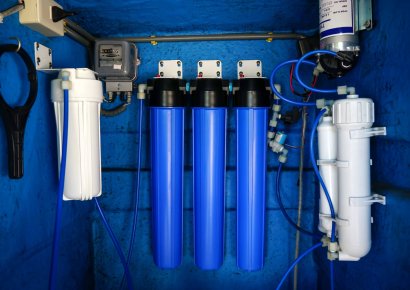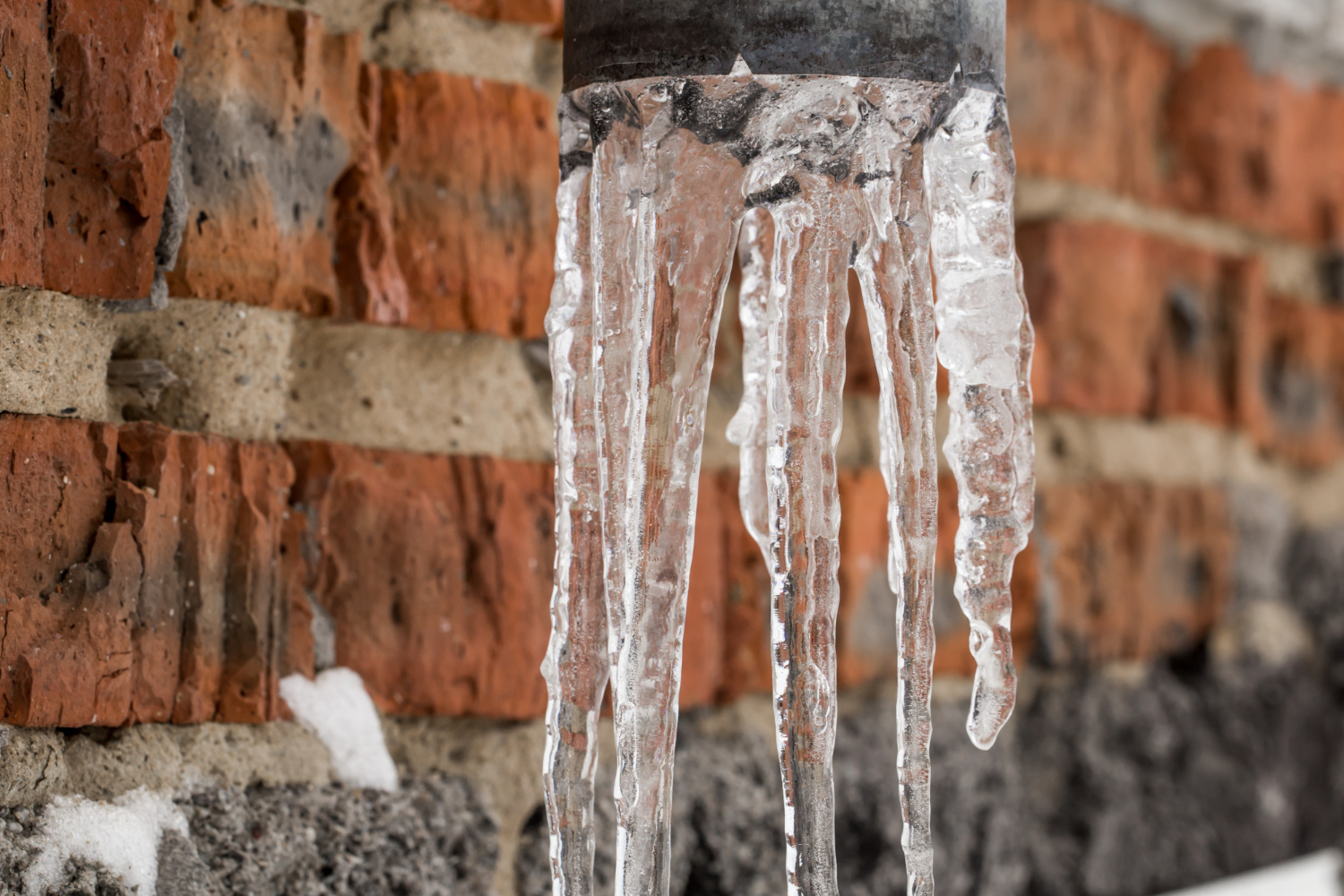Winter is around the corner, which means it’s time to ensure vital systems like plumbing are in top shape. As temperatures plummet, freezing water in the pipes expands and exerts pressure to cause bursts. The last thing you want is the aftermath of an indoor pipe burst in the middle of winter. At Mr. Rooter Plumbing, we understand the catastrophic damage winter causes, from flooded basements and structural damage to sky-high burst pipe repair bills. Fortunately, taking a proactive approach can protect your plumbing and keep your home functioning optimally year-round.
Why Pipes Burst in Cold Weather
Plumbing lines don’t just burst when water turns to ice. The real cause for burst pipes in winter is pressure buildup. When water in the pipes freezes, it expands and creates force. If there’s no release, the buildup can cause a rupture at the weakest point, typically worn-out sections or joints. Before the cold weather rolls in, check the basement, crawlspaces, garages, exterior walls, attics, and other common areas at risk. If you notice areas that lack indoor heating, consult a professional plumber in South Jersey to make them less susceptible to freezing.
How to Protect Your Pipes from Freezing
Nothing is more frustrating than frozen pipes disrupting your routine and compromising indoor comfort when you need it the most. Luckily, you can take preventive measures to keep your indoor and outdoor plumbing safe and functional throughout the cold months.
The most effective way to reduce the risk of frozen pipes and subsequent hazards is to insulate them with the right material. Plumbing repair service providers recommend using foam rubber or insulation sleeves around unheated areas. While insulation may seem straightforward, it requires extensive expertise and specialized equipment to execute correctly. With this in mind, hiring a technician to inspect and insulate your plumbing before temperatures drop is crucial.
Indoor heating plays a crucial role in preventing pipe bursts. However, some areas may not receive conditioned air, increasing the likelihood of freezing. Open the cabinet doors under sinks to allow warm air to circulate near the pipes. Maintaining a consistent temperature throughout your living spaces gives you peace of mind that your plumbing system is functioning as expected.
Finally, seal or caulk any cracks or openings around pipes or walls to prevent cold air from entering. Although small crevices can be hard to detect, consult a professional plumbing service provider to inspect, detect, and seal air leaks around your building that pose risks to your pipes.
What to Do If Pipes Freeze
Now that you know preventive measures to keep your pipes flowing, it doesn’t mean they are fully protected. When a plumbing line freezes, turn off the connected faucet. Even a small drip can help melt ice and relieve pressure. Once you are certain there’s no water flowing in the pipe, use a safe heat source like a hair dryer, electric heating pad, or space heater. If these devices are not accessible, use a towel soaked in hot water to wrap around the affected pipe and replace as needed.
After you restore water pressure, keep the faucet open for a few minutes to melt all the ice. Check all the faucets around your home for frozen pipes and thaw them to restore water flow. A proactive approach when dealing with frozen pipes is crucial. However, certain situations require professional expertise to avoid devastating scenarios.
If you cannot locate the frozen area, the pipe is inaccessible, or there’s bulging even after thawing, call a licensed technician to fix the problem. Mr. Rooter Plumbing can have a highly trained plumber at your door in no time for repairs. Contact us today to schedule a consultation with our experts and enjoy optimal efficiency and comfort throughout the cold months.









